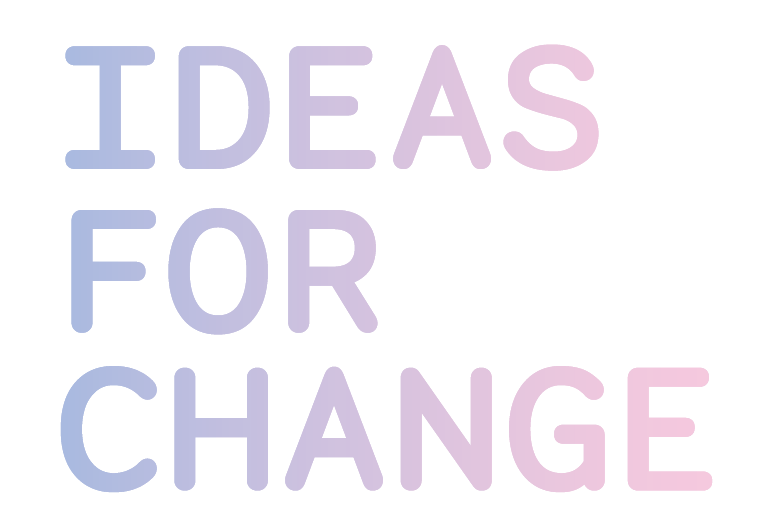Kicking Off #GreenInCities: A Journey Towards Urban Regeneration and Innovation
By Déborah Camañes, Project Manager, and Elsa Boloix, Project Communication
(Originally published in English)
The inaugural in-person encounter of GreenInCities in Barcelona has sparked a movement to reimagine urban spaces. As environmental challenges increase, this new EU funded project-anchored within two EU Missions: Climate & Cities Missions, stands as a beacon of hope and a call to action, aimed at urban regeneration through the lens of sustainability and co-creation.
Day 1: A Convergence of Minds and Visions
El Besòs area, belonging to Sant Adrià del Besòs municipality adjacent to Barcelona, became the stage for the first day, as one of the GreenInCities front-runner pilots. Distinguished local figures, including Filo Cañete, Mayor of Sant Adrià del Besòs, and Michael Donaldson, Director of Bit Habitat, offered heartfelt welcomes to the consortium. Their speeches emphasised the critical importance of green initiatives in combating climate change. Barcelona's recognition by the European Commission as an EU mission city for its commitment to achieving climate neutrality by 2030 served as a powerful remark to the city. Ramon Canal Oliveras, Director of the Technical Programming Office, Barcelona City Council, reflected on the broader mission of cities worldwide to counteract climate change through innovative approaches.
Chiara Farinea, Head of EU Projects at IAAC and project coordinator of GreenInCities, presented the project’s core values, emphasising the integration of vulnerable communities, recognizing the intrinsic value of our non-human counterparts and the pursuit of technological advancements like Digital Twins to lead urban transformation.
The day continued into the heart of El Besòs, offering a firsthand look at the pilot project. From Parc del Fòrum to the quaint streets of La Catalana neighbourhood, the consortium's journey underscored the project's holistic approach to urban regeneration. Francesc Romero Siles, from Consorci del Besòs, explained the characteristics of the case study which will focus on regenerating the beach and natural landscape, tree continuity, and biodiversity health.
The highlight was an engaging workshop conducted by LAND through the animal-oriented methodology that spotlighted the local fauna and flora, fostering a deep connection between the participants and the very ecosystems they aspire to protect. The first day concluded with an overwhelming visit to Nau de Turbines, where the consortium explored the old three chimney thermal power station which has been restored to become an audiovisual hub and cultural venue.
Day 2: Valldaura Labs - A Laboratory for Future Urban Living
Nestled in the tranquillity of nature, Valldaura Labs offered a striking contrast forthe second day of the encounter. This green area, part of the IAAC, provided the perfect backdrop for deeper reflection and innovation.
The day was filled with workshops and discussions designed to foster collaboration and shared learning. Participants delved into pilots to identify possible interactions and ideas between leader and followers cities’ case studies conducted by Linköping University and Universidade do Porto. A session lead by THINGS focused on mapping qualitative data from a diverse range of project stakeholders such as non-human, policy-makers, visitors, citizens, and property owners. Finally, the last session explored GreenInCities solutions: space functions integrating green, urban green elements, green practices, and horizontal governance support systems.
The highlight of the day was visiting the prototypes and projects developed at the #FabLab, each embodying the principles of sustainability and innovation in urban planning. Projects as TOVA, awarded with a New European Bauhaus prize (2023), a greenhouse made with wood, and urban furniture built with biomaterials.
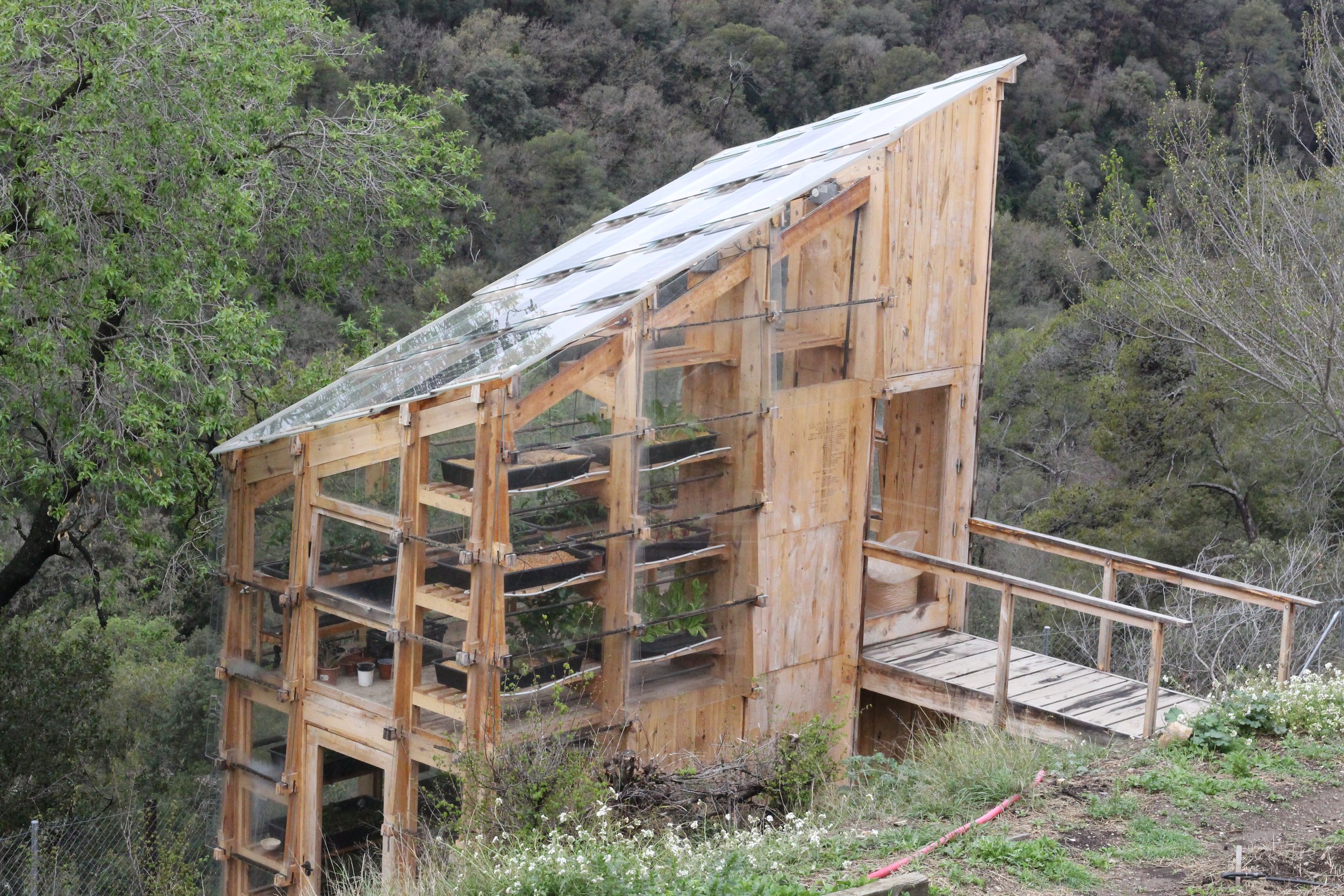
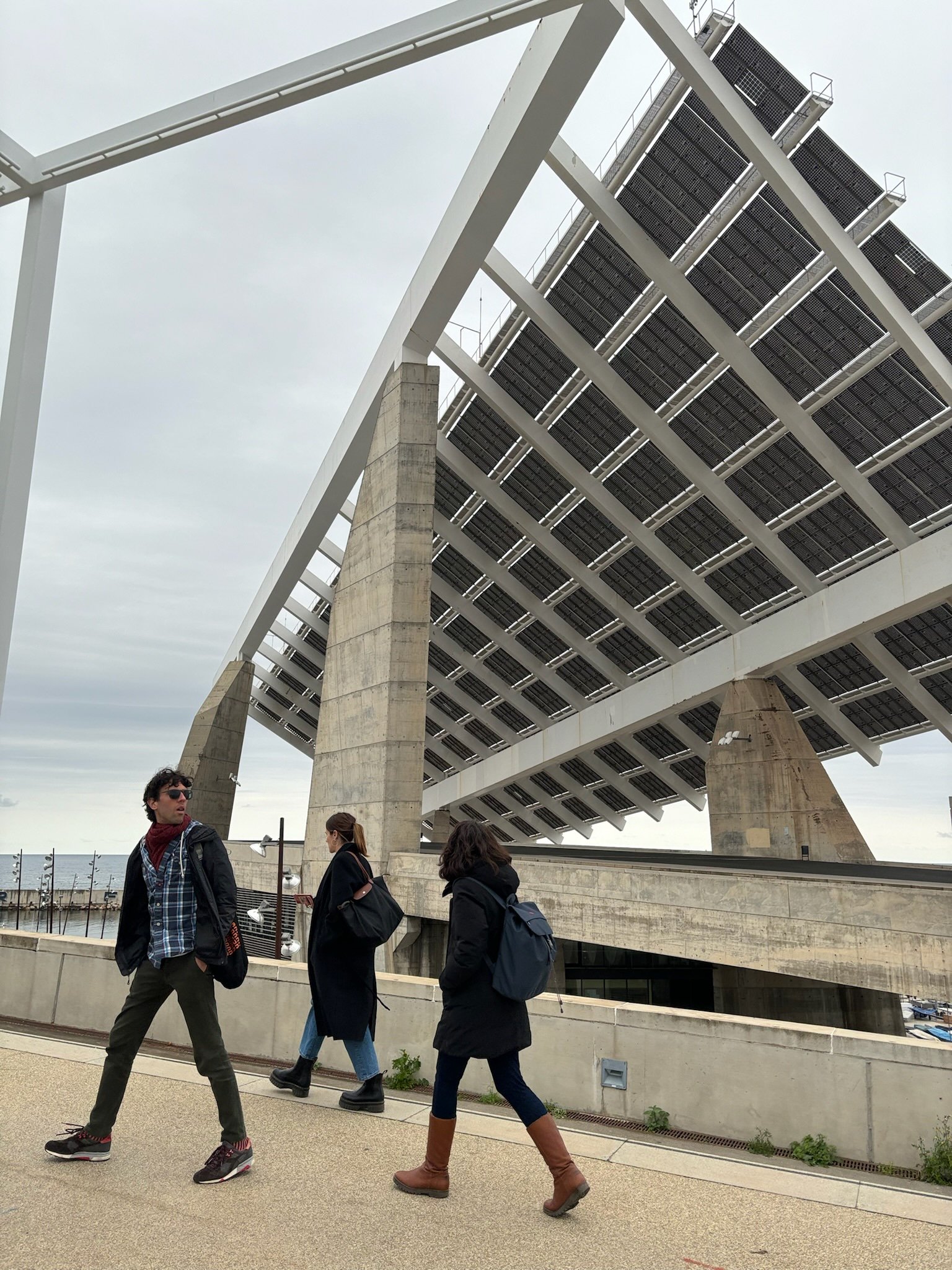
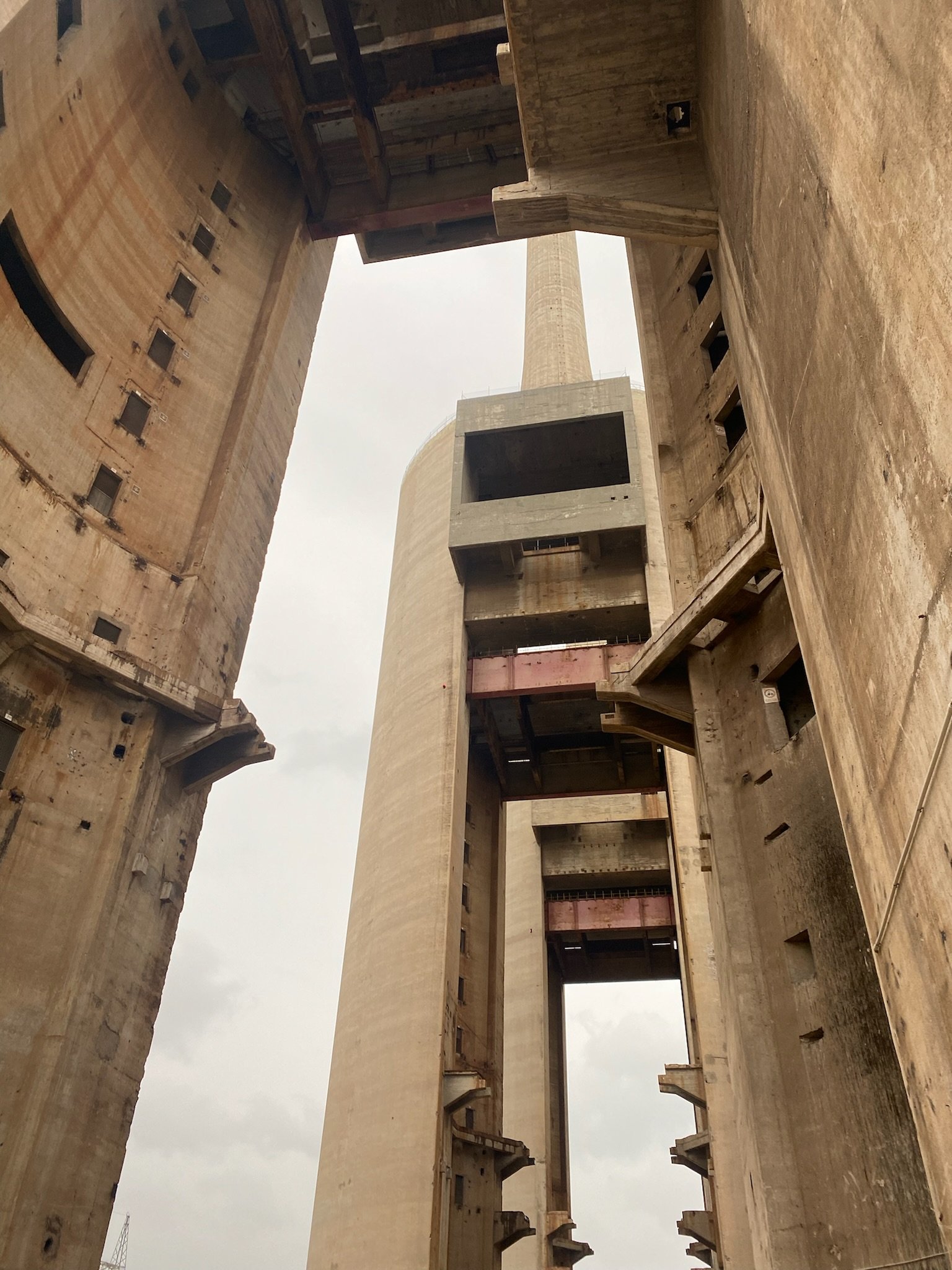
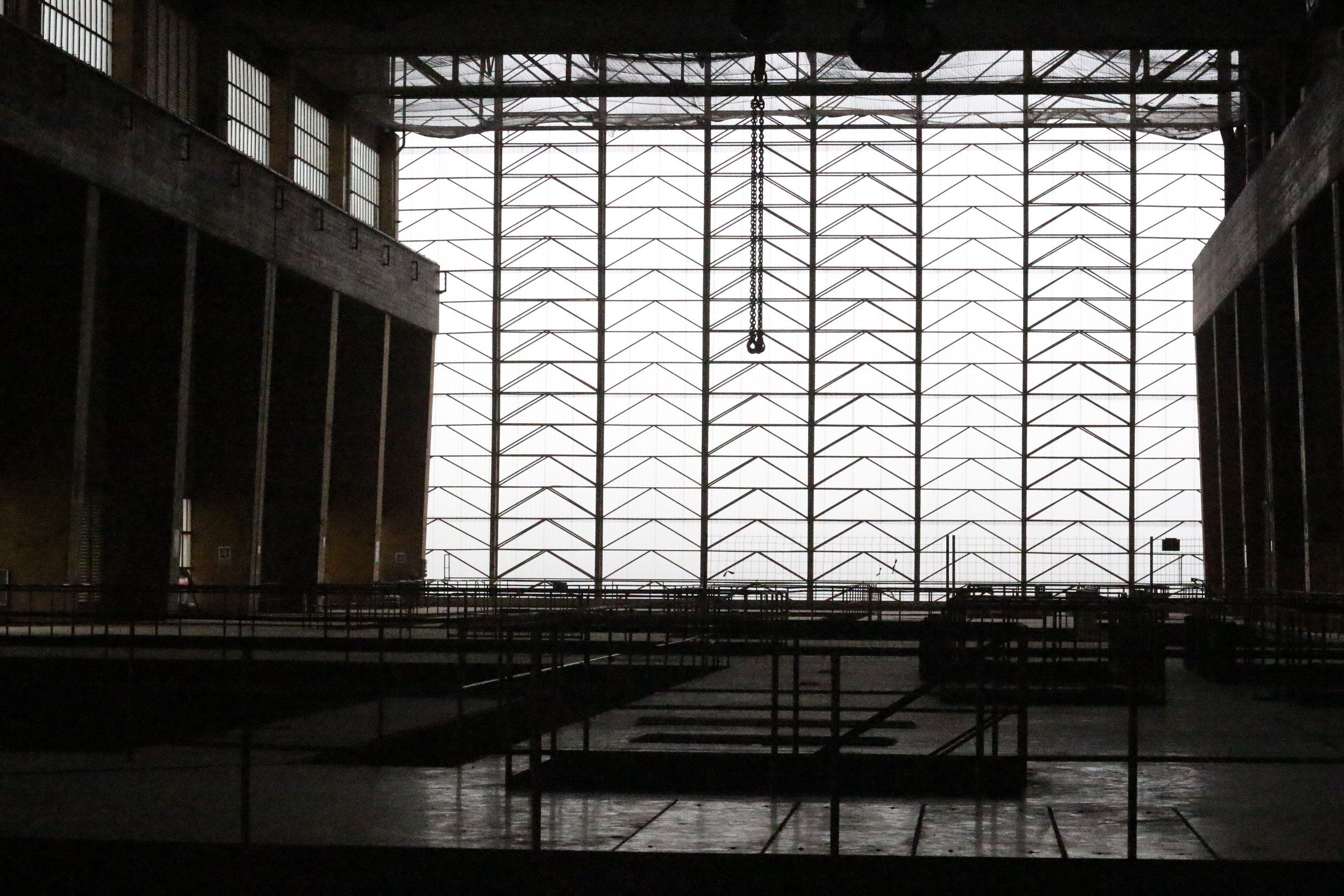
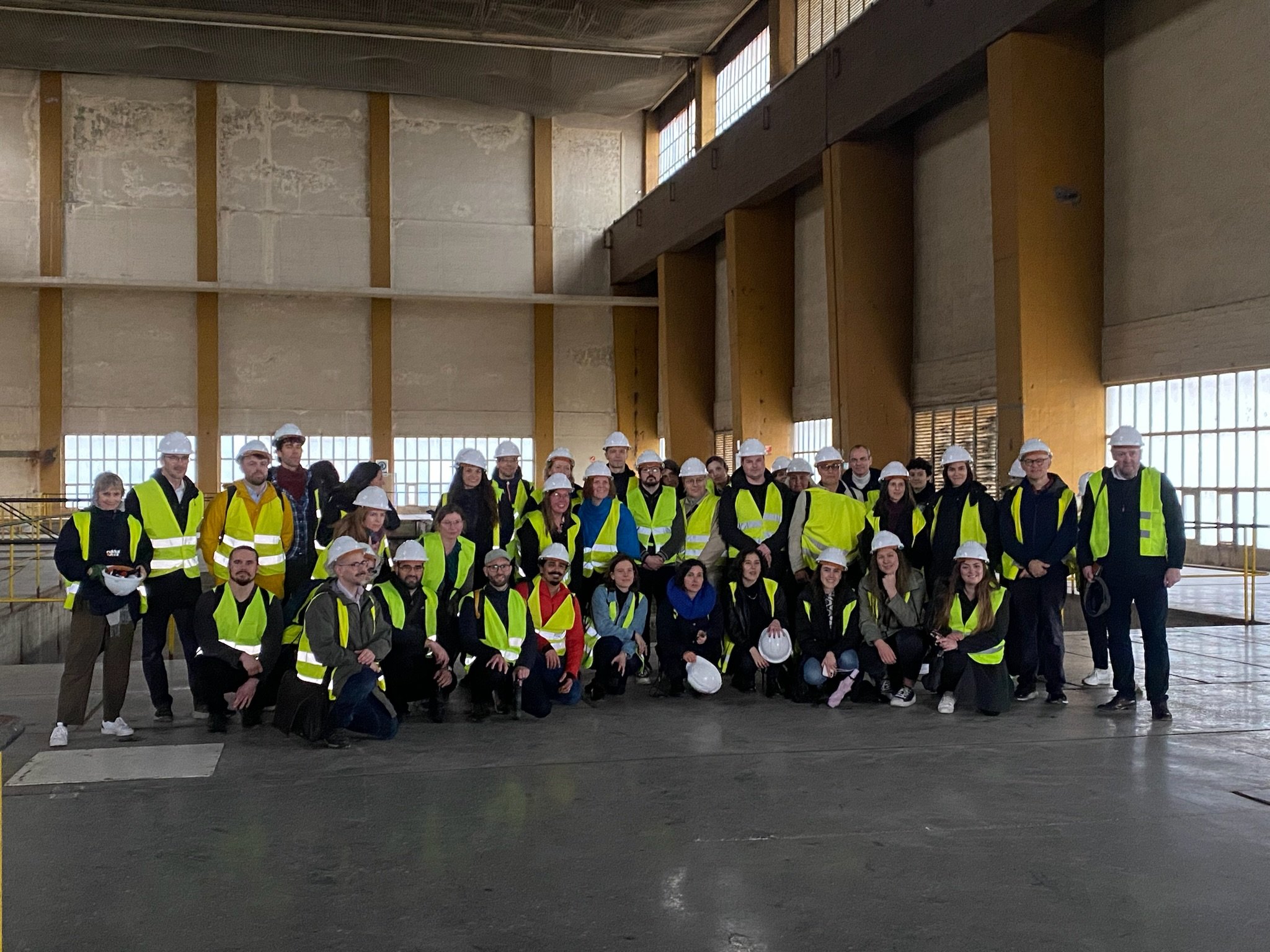
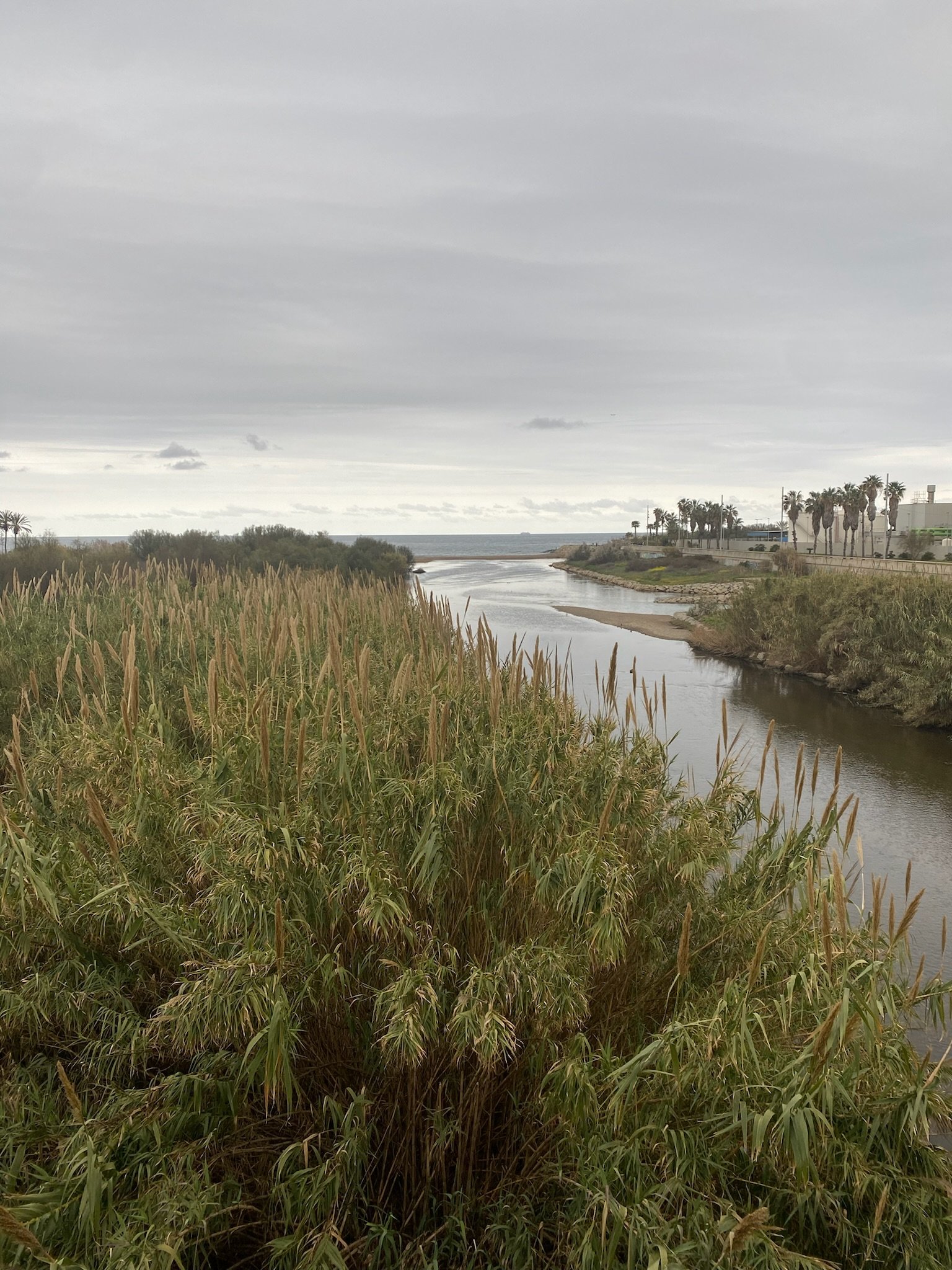
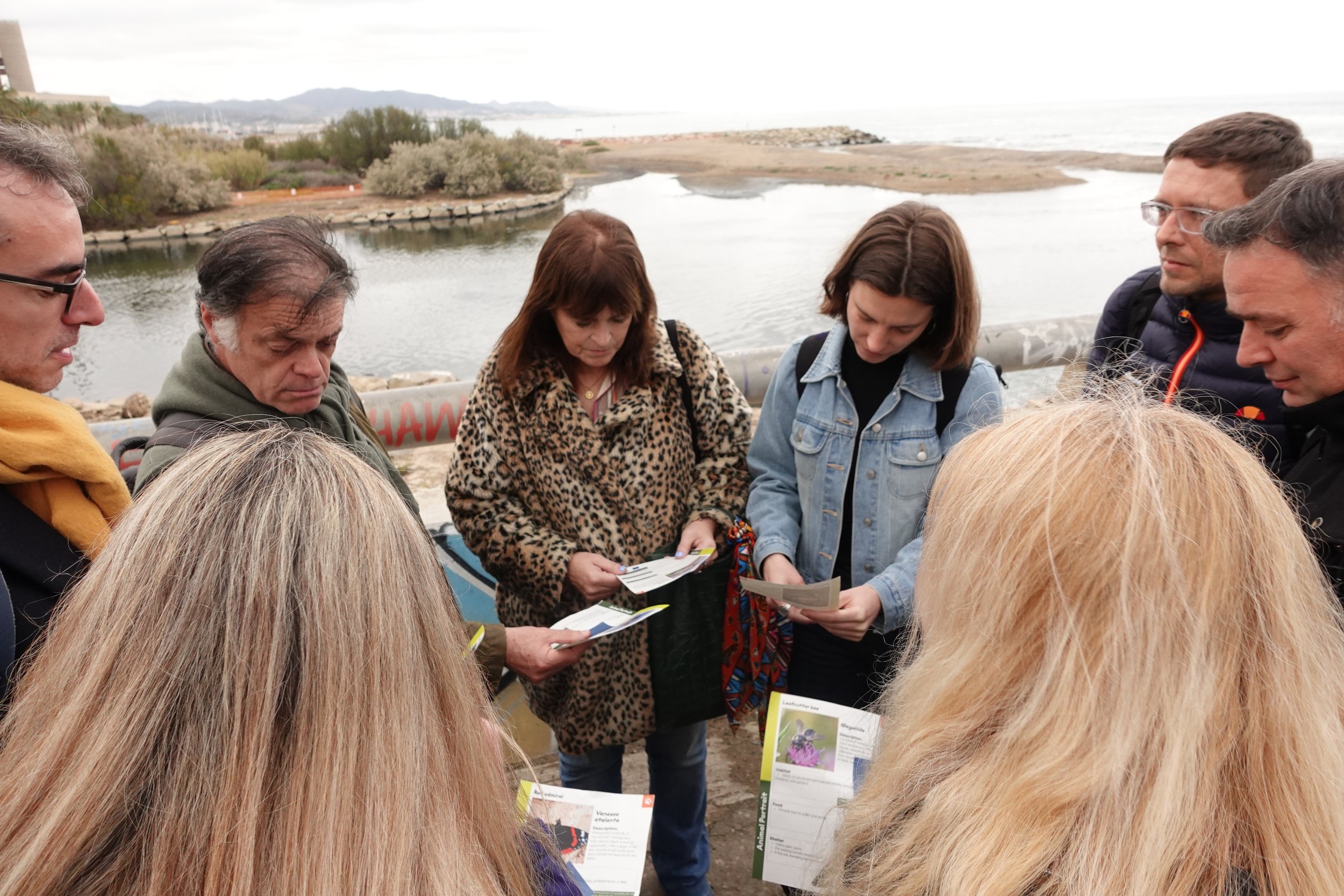
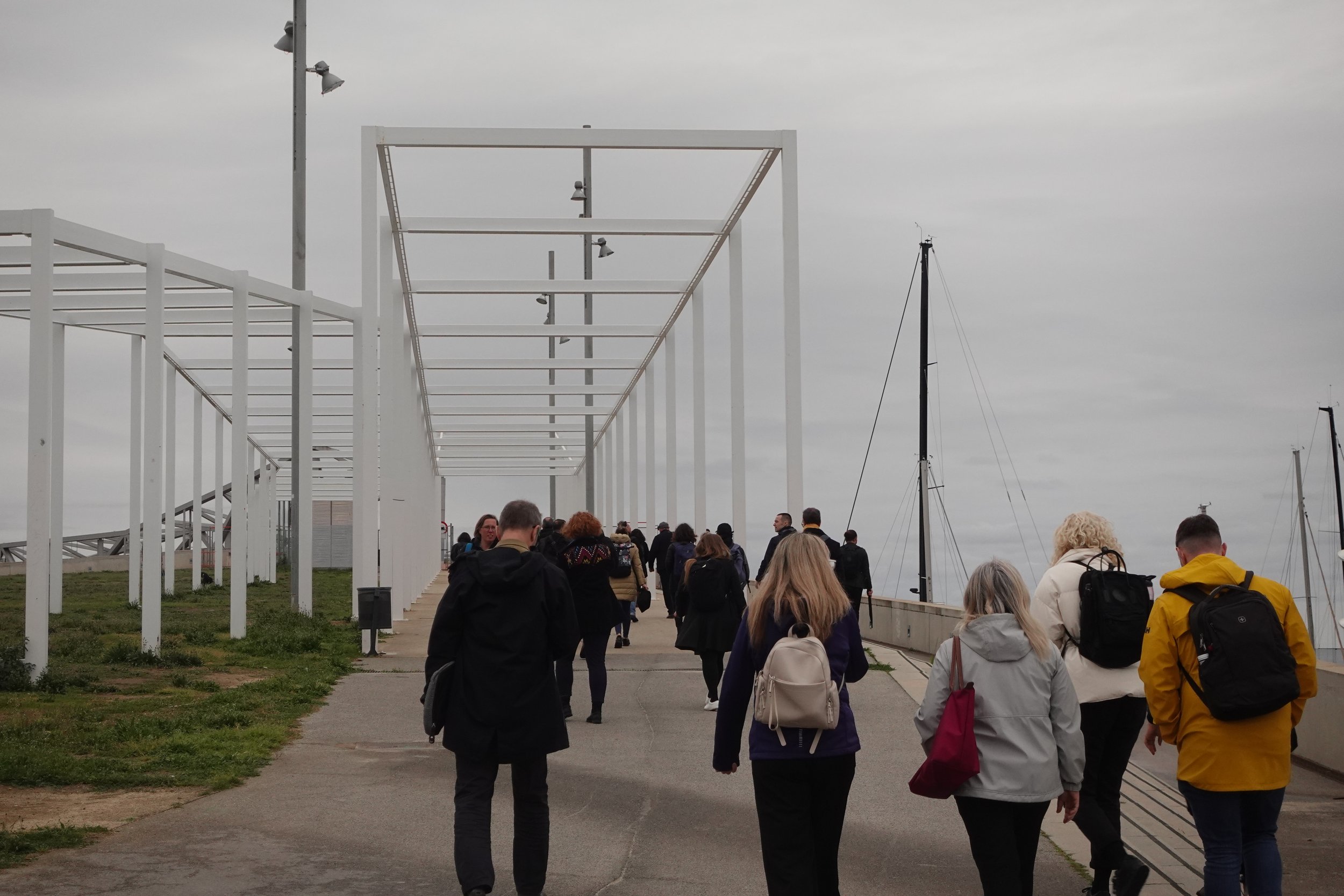
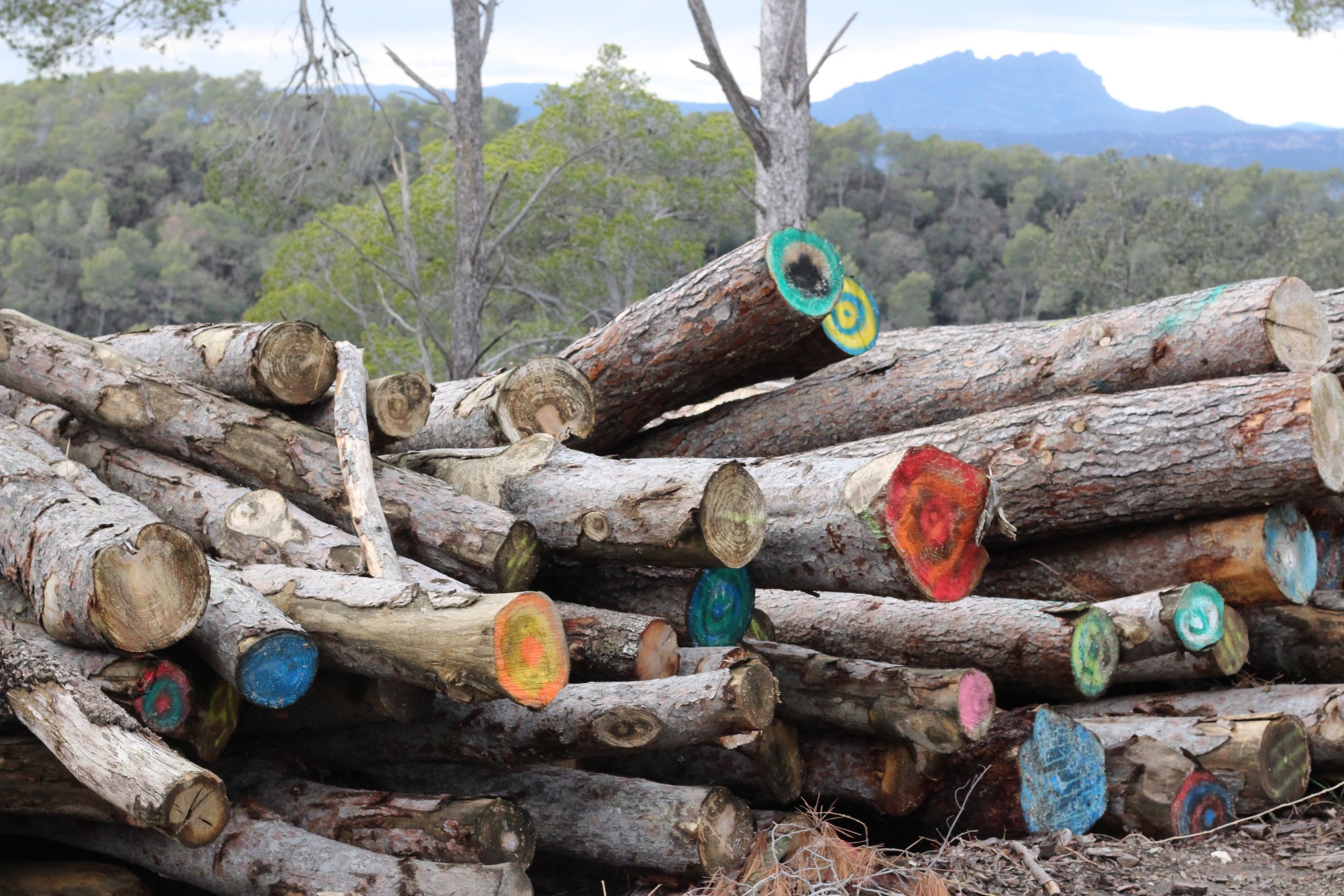
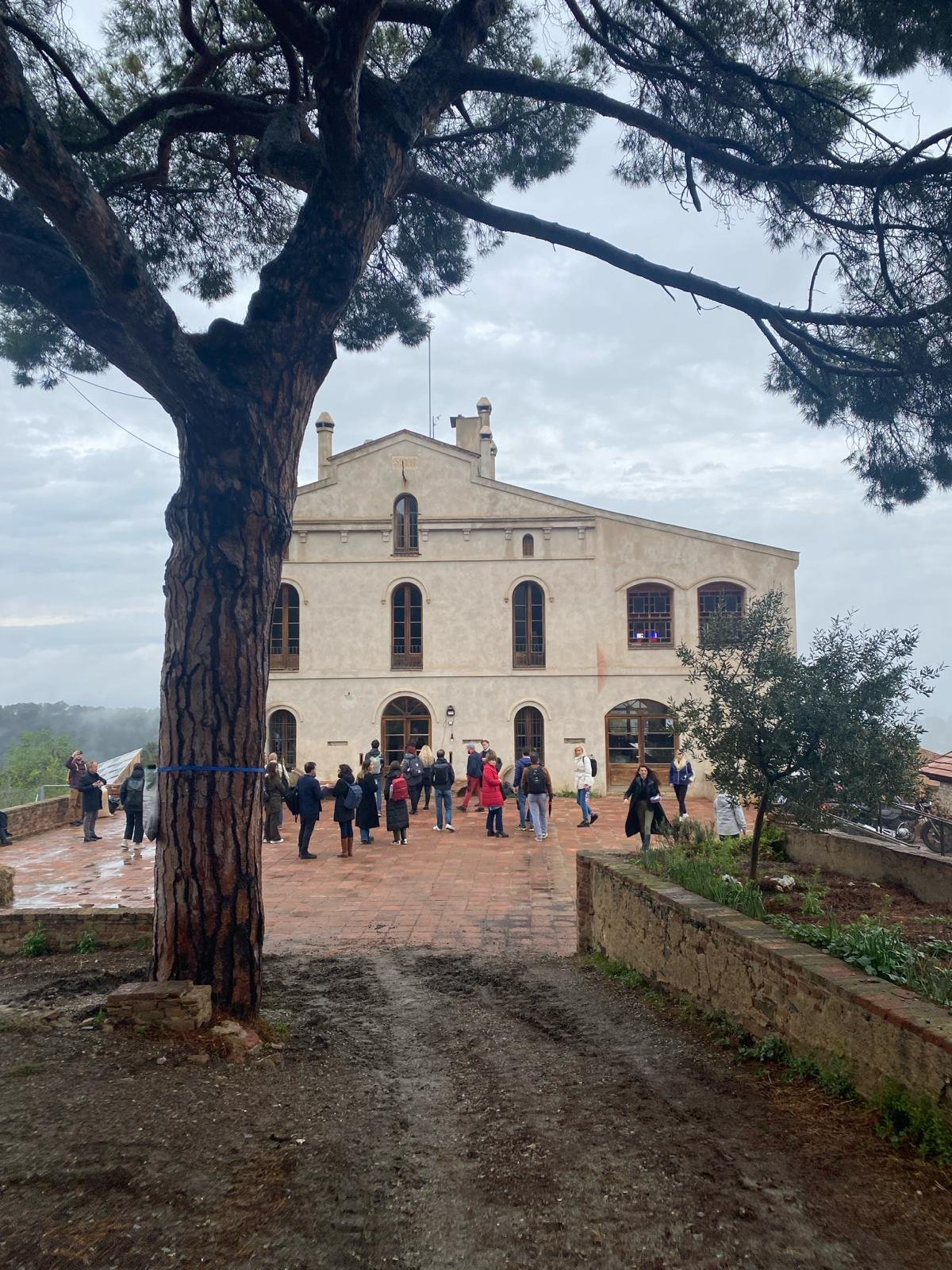
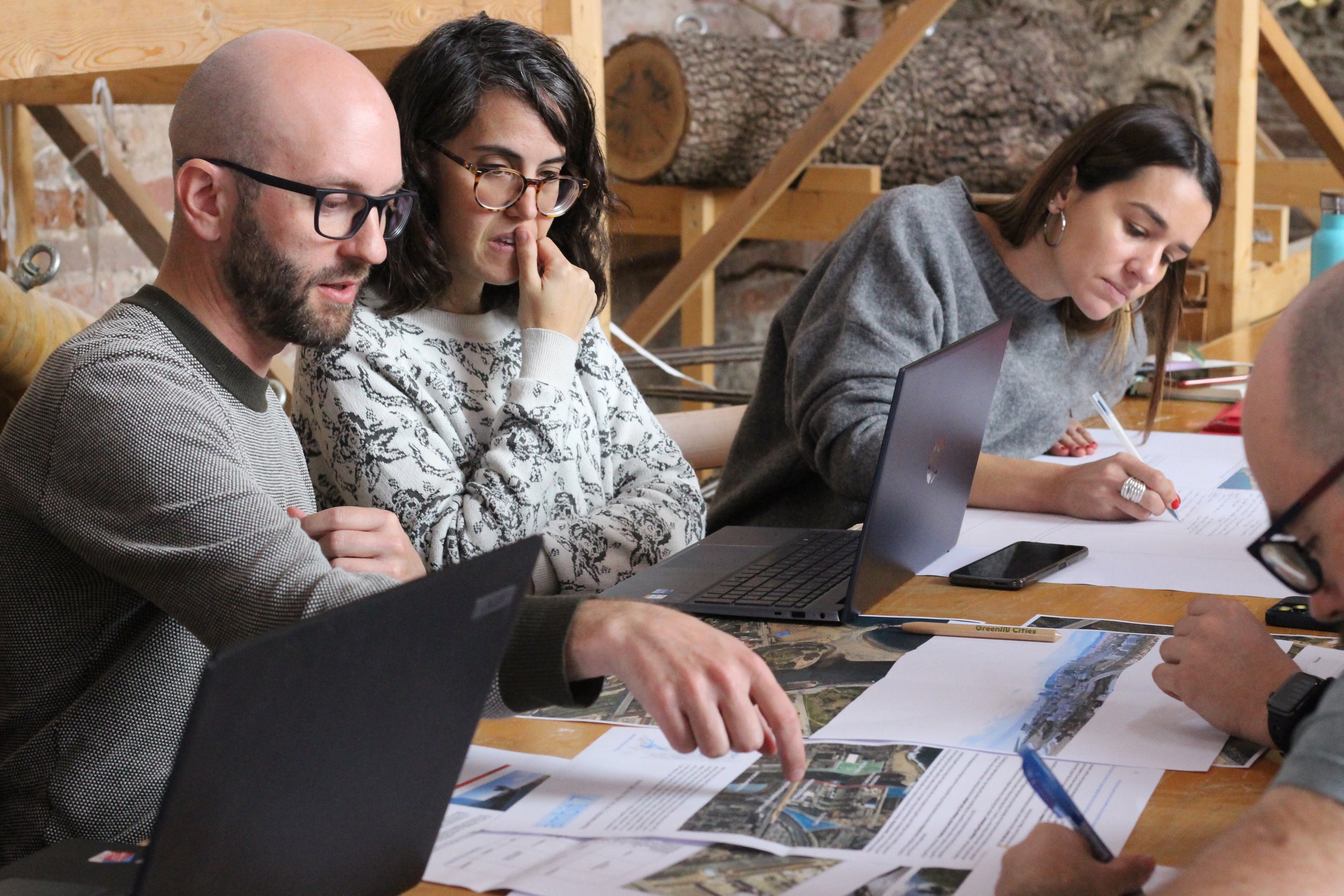
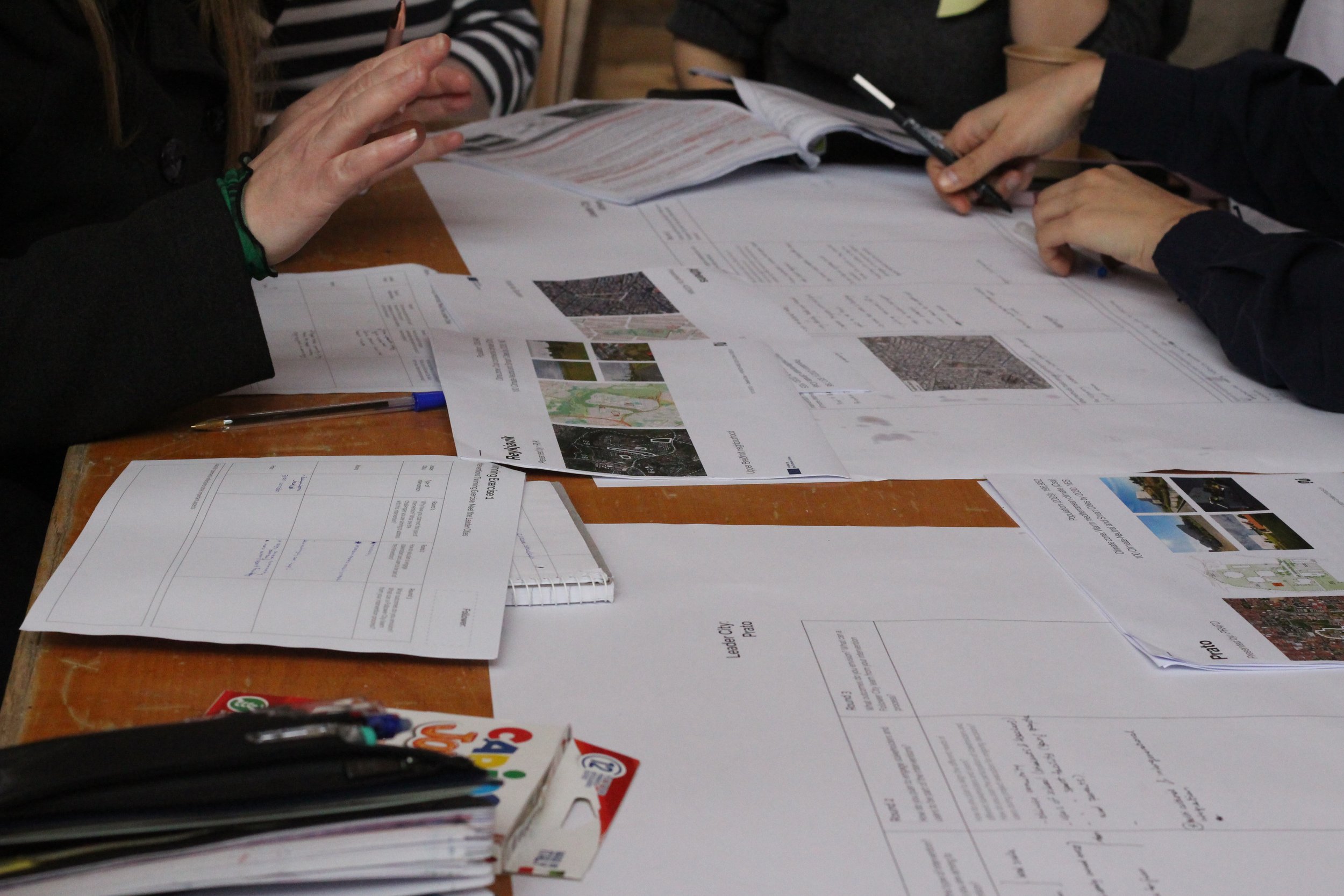
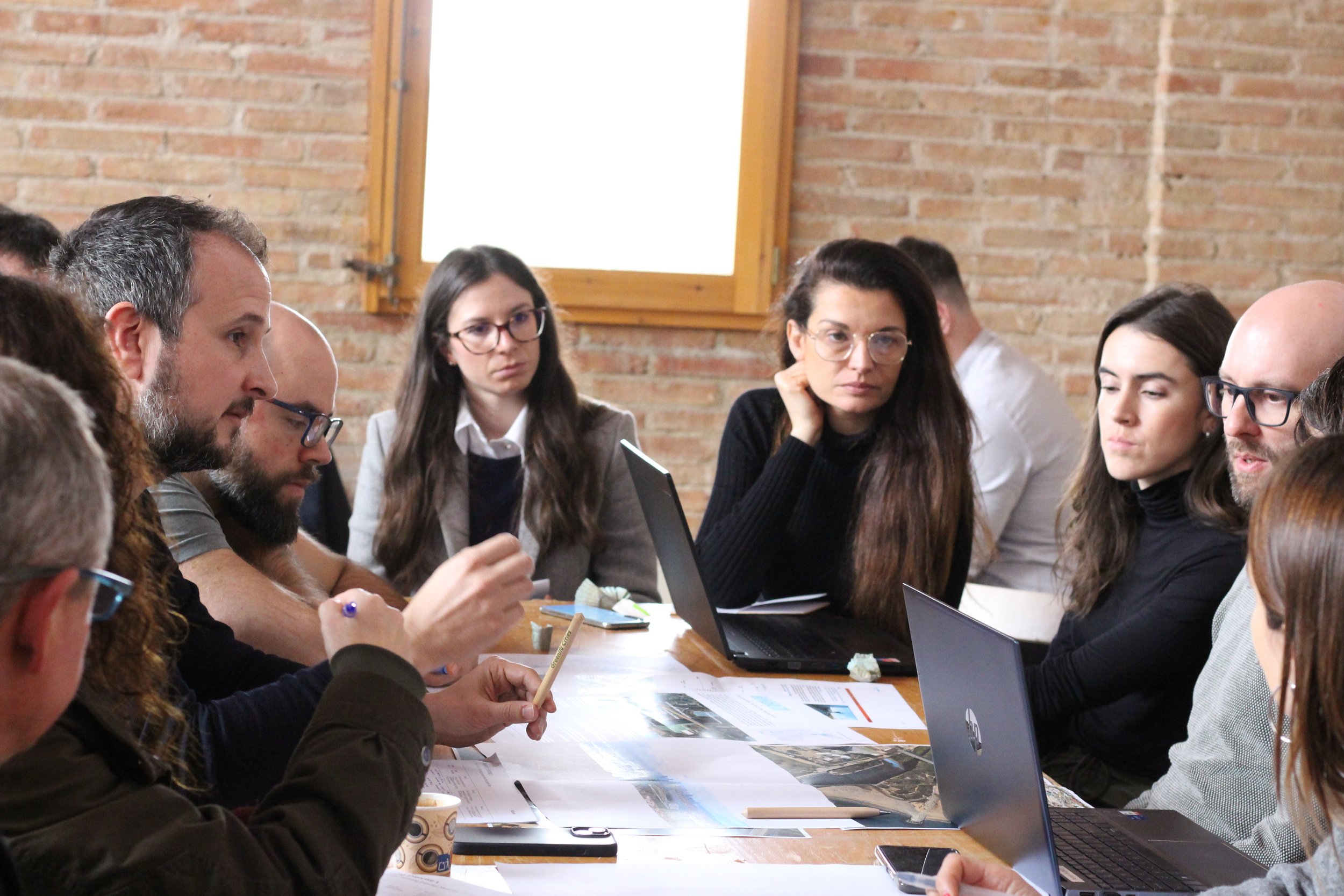

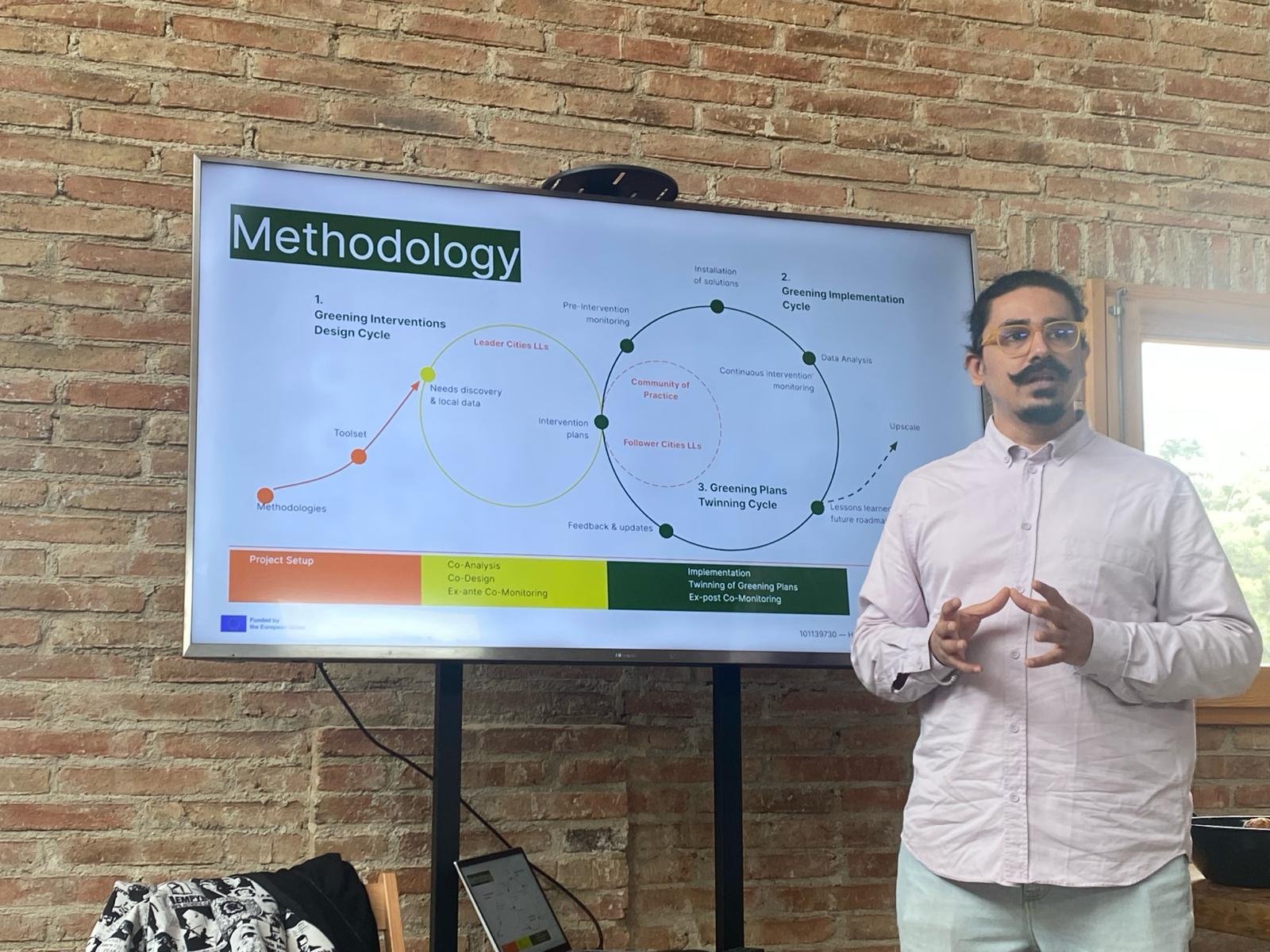

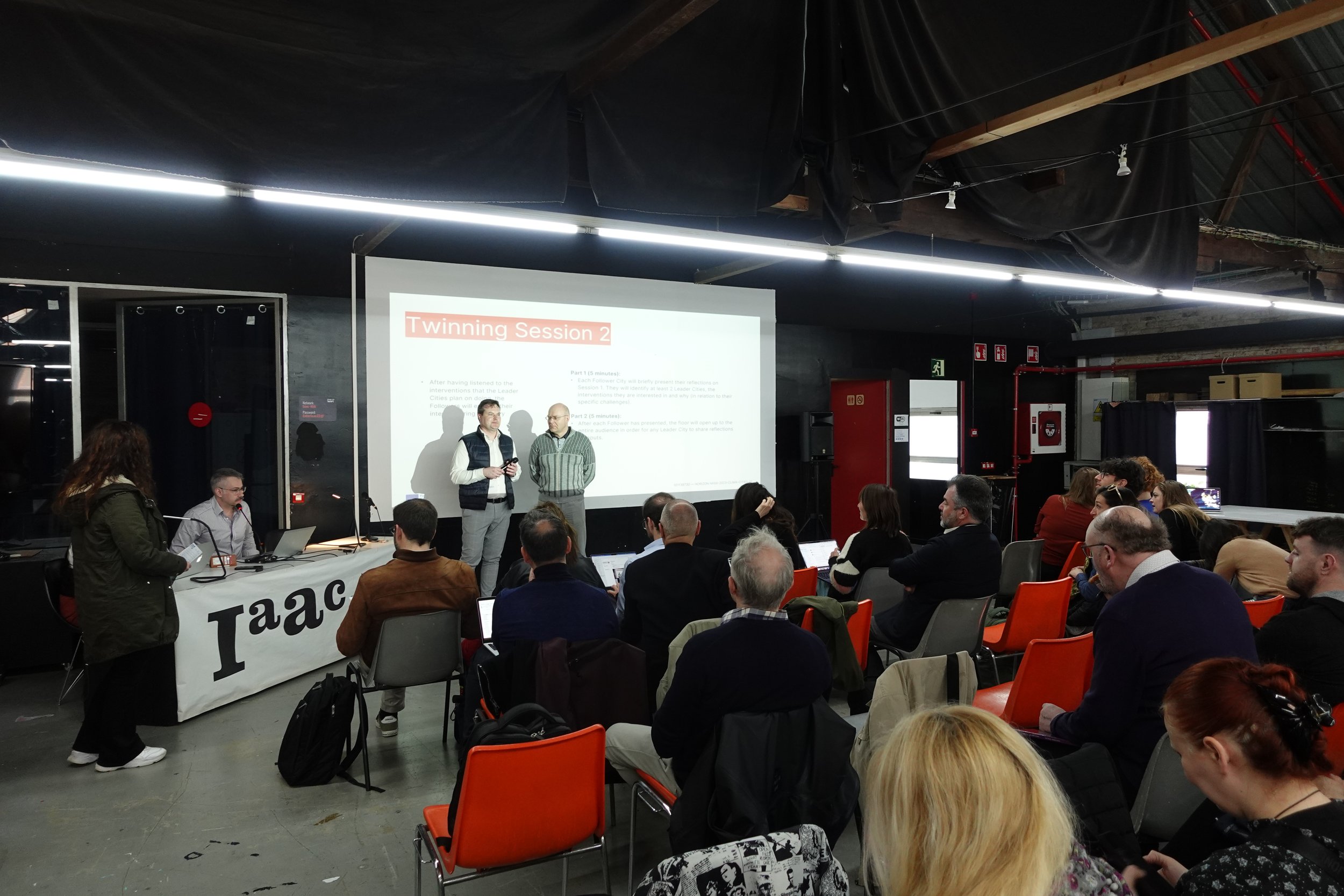


Day 3: Poblenou - Where Ideas Meet Action
The final day brought the consortium to the Institute for Advanced Architecture of Catalonia Atelier in Poblenou.
The first session was the City Twinning Workshop part 2 where each of the follower pilot cities was paired with their front-runners counterparts, following a period of reflection on the initial workshop. This reflection period allowed for a thorough evaluation of the various methodologies employed by the leading cities’ pilots. The follower cities then selected their front-runner matches based on shared interests and goals, aiming to emulate and learn from their experiences. The partnerships formed were as follows:
Birštonas will twin with Nova Gorica and Barcelona
Matosinhos will twin with Prato and Nova Gorica
Cork will twin with Helsinki and Athens
Pécs will twin with Helsinki and Barcelona
Reykjavik will twin with Nova Gorica, Prato and Athens
The introduction of a neuroimaging device by NeuroLandscape was a highlight, offering a glimpse into the future of urban design. A portable user-friendly neuroimaging device will measure the effects on the well-being of real-life environmental exposures, recording neuroscience data.
The day concluded with a collaborative session on communication strategies, emphasising the importance of storytelling and engagement in amplifying the impact of the GreenInCities initiative by Ideas for Change. The Consortium mapped and identified communication and dissemination actions across the project with a living timeline, gathering ideas and information worth for communication materials and strategies.he Consortium had an overview of the importance of collaborating in these actions.
The journey of #GreenInCities is just beginning, but its vision is clear: transforming urban spaces into green, vibrant communities where innovation, nature, and human well-being come together.
